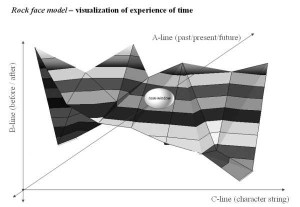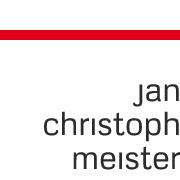The Temporality Effect
Design and computer-based application of a constituent model of narrative temporal order.
In cooperation with Günter Dammann, Rolf Krause and Özgür Özcep. Concluded in 2010.
Set against the background of an overview of research on ‘narrative temporaility’ this project focused on the development of a constituent model of the ‘temporality effect’. This effect – that is, the impression of temporal order in narrative, both on the level of fictional reality and narrative discourse – is explained in terms of the distribution of empirical ‘Vorstellungen’ (representations of objects) and ‘temporal operators’ throughout the text.
In applying the constituent model to selected narrative texts we also wanted to illustrate the contribution which a specialized approach based on literary computing methods can make toward the analysis of the category ‘time’. To this end, we conceptualized and in part also developed three software applications: a markup software (TempusMarker; implemented for Windows and downloadable here), the workflow design for an analytical and modeling software (TempusParser) and a demo visualization software (TempusPlotter).
An overview of the project is available in my article “Tagging Time in Prolog. The Temporality Effect Project”; in: Literary and Linguistic Computing; 2005 vol. 20: 107-124. For a digital version see http://llc.oxfordjournals.org/cgi/reprint/20/Suppl/107 or here.
A stronger focus on time philosophy and related theories which formed the background of the project can be found in an anthology edited by Wilhelm Schernus and myself. The book was published in the series Narratologia under the title “Time. From Concept to Narrative Construct. A Reader” (Berlin, New York: de Gruyter, 2011). Also see my article “The Temporality Effect. Towards a Process Model of Narrative Time Construction” contained therein.
